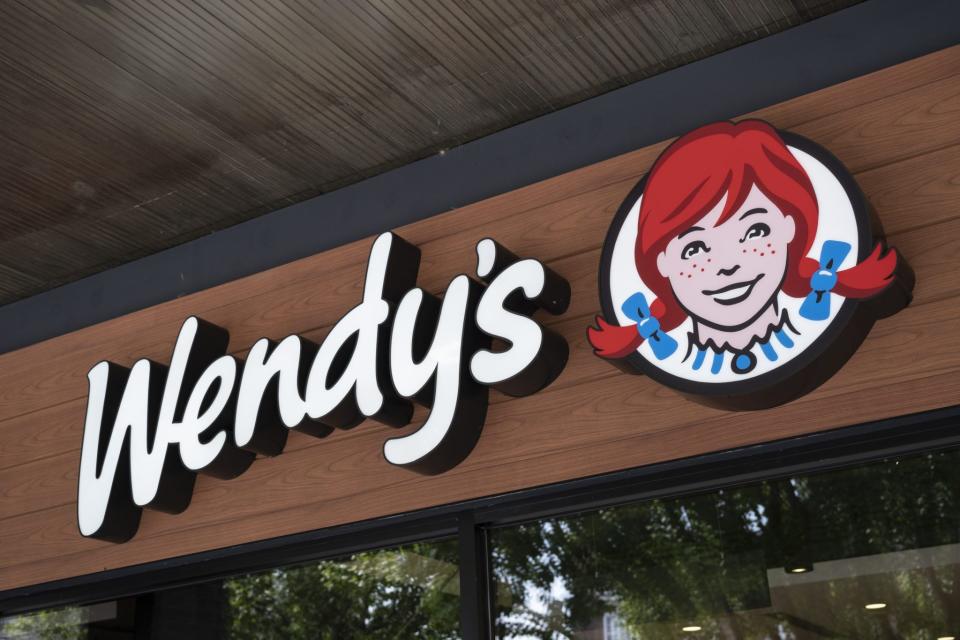Wendy’s says ‘dynamic pricing’ is different from ‘surge pricing,’ but whatever it’s called may still alienate customers

Good morning. About four decades ago, Wendy's debuted its "Where's the beef?" slogan, which recently has been updated to something closer to "Where's the beef but also what time is it?" It's not as catchy.
Shortly after the burger chain's CEO said his restaurants would embrace "dynamic pricing"—as covered by my colleague María Soledad Davila Calero—Wendy's backtracked to say that any comparisons to companies like Uber weren't entirely fair.
This clarification game after a deluge of criticism that included everyone from peers to Sen. Elizabeth Warren (D-Mass.), who wrote in an X post on Wednesday morning:
“Wendy's is planning to try out ‘surge pricing’—that means you could pay more for your lunch, even if the cost to Wendy’s stays exactly the same. It’s price gouging plain and simple, and American families have had enough.”
So I reached out to Wendy’s, which is aiming for $2 billion in global digital sales by the end of the year, to get the full story. A spokesperson sent me a statement that included: “Wendy’s will not implement surge pricing, which is the practice of raising prices when demand is highest. We didn't use that phrase, nor do we plan to implement that practice."
CEO Kirk Tanner had said on the company's Q4 earnings call that, beginning as soon as next year, "we will begin testing more enhanced features like dynamic pricing and day-part offerings along with AI-enabled menu changes and suggestive selling."
And on Wednesday morning, the company posted on its blog that “digital menu boards could allow us to change the menu offerings at different times of day and offer discounts and value offers to our customers more easily, particularly in the slower times of day.”
So items will cost different prices at different times. Even when framed as "discounts," it's a process surrounded by land mines. If implemented poorly, according to McKinsey, even having access to the best advanced analytical tools to help tailor prices isn't enough: “The common mistakes that retailers make include the following: introducing prices that alienate customers, changing prices too frequently, and relying on bad data."
More from McKinsey on dynamic pricing: Businesses should "establish and enforce strict pricing guardrails. Your prices shouldn’t fluctuate so dramatically that they confuse and alienate customers. If customers perceive price changes as random, unfair, or disconnected from your value proposition, they’ll simply shop elsewhere."
And this all comes as many consumers are already expressing frustration with static fast-food prices, including $18 Big Mac meals, a concerning trend explored in greater detail by another of my Fortune colleagues, Sasha Rogelberg.
Sheryl Estrada
sheryl.estrada@fortune.com
This story was originally featured on Fortune.com
